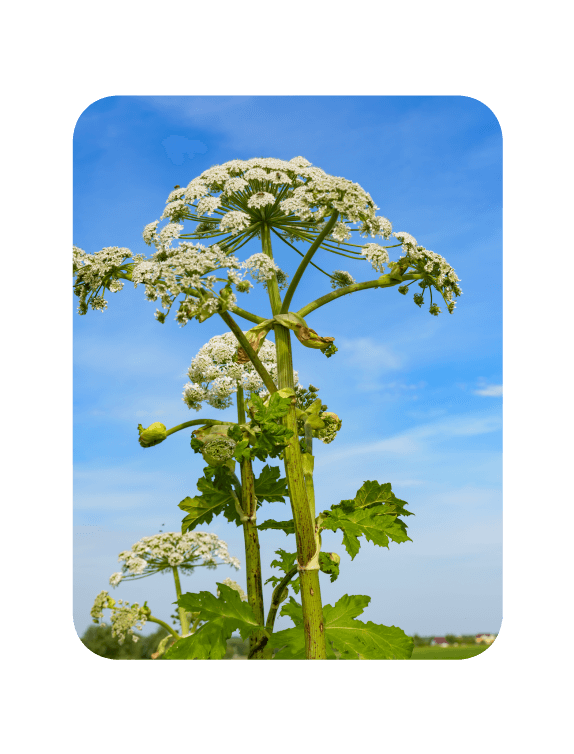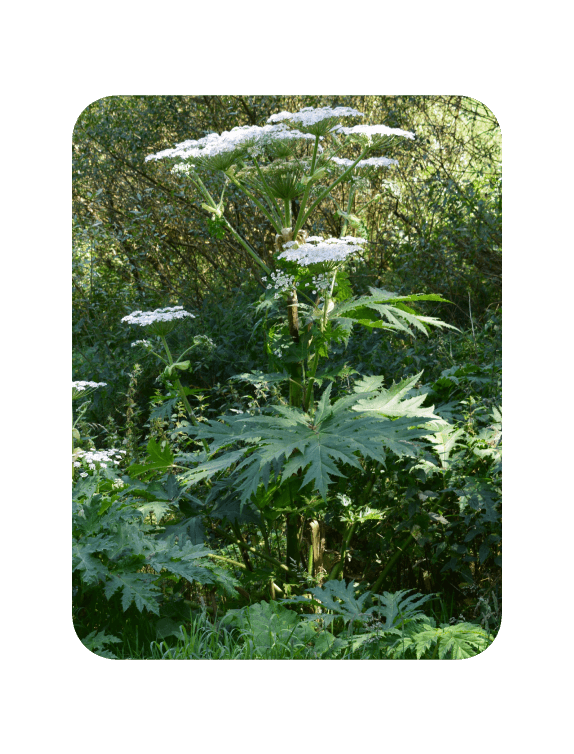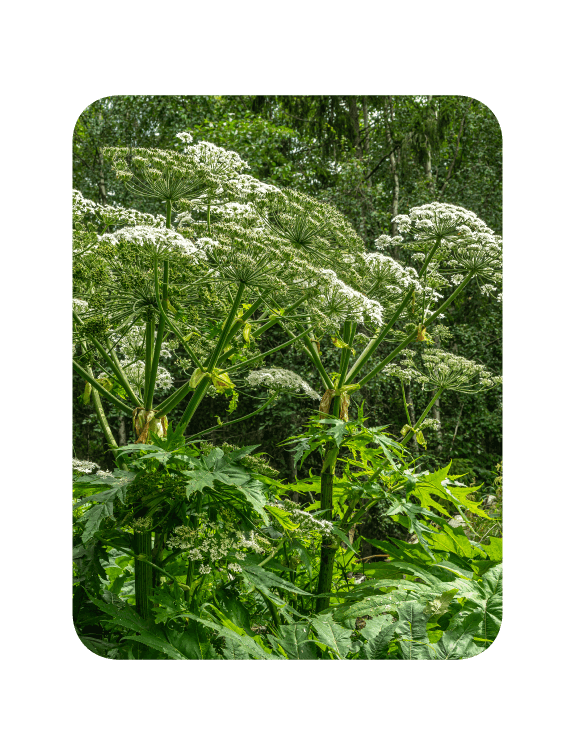Like most other invasive weeds including Japanese knotweed, it is illegal to allow this weed to grow onto neighbouring properties, if this encroaches on your neighbour’s land then they may be entitled to make a claim against you. Equally, you can make a legal claim if it has spread to your land from a neighbouring property.
Additionally, if the plant coming from a neighbouring property causes yourself, other individuals, or your pets to become burned or blistered due to exposure, then you may be entitled to compensation. It is an occupiers’ responsibility to ensure that anything on their property does not cause physical harm to other people or passersby. In the result of injury, a case may be brought against the occupier.
Under the Wildlife and Countryside Act in England and Wales it is an ‘offence to plant or otherwise cause Giant hogweed to grow in the wild’. This includes spreading the species or transferring polluted ground material from one area to another.










